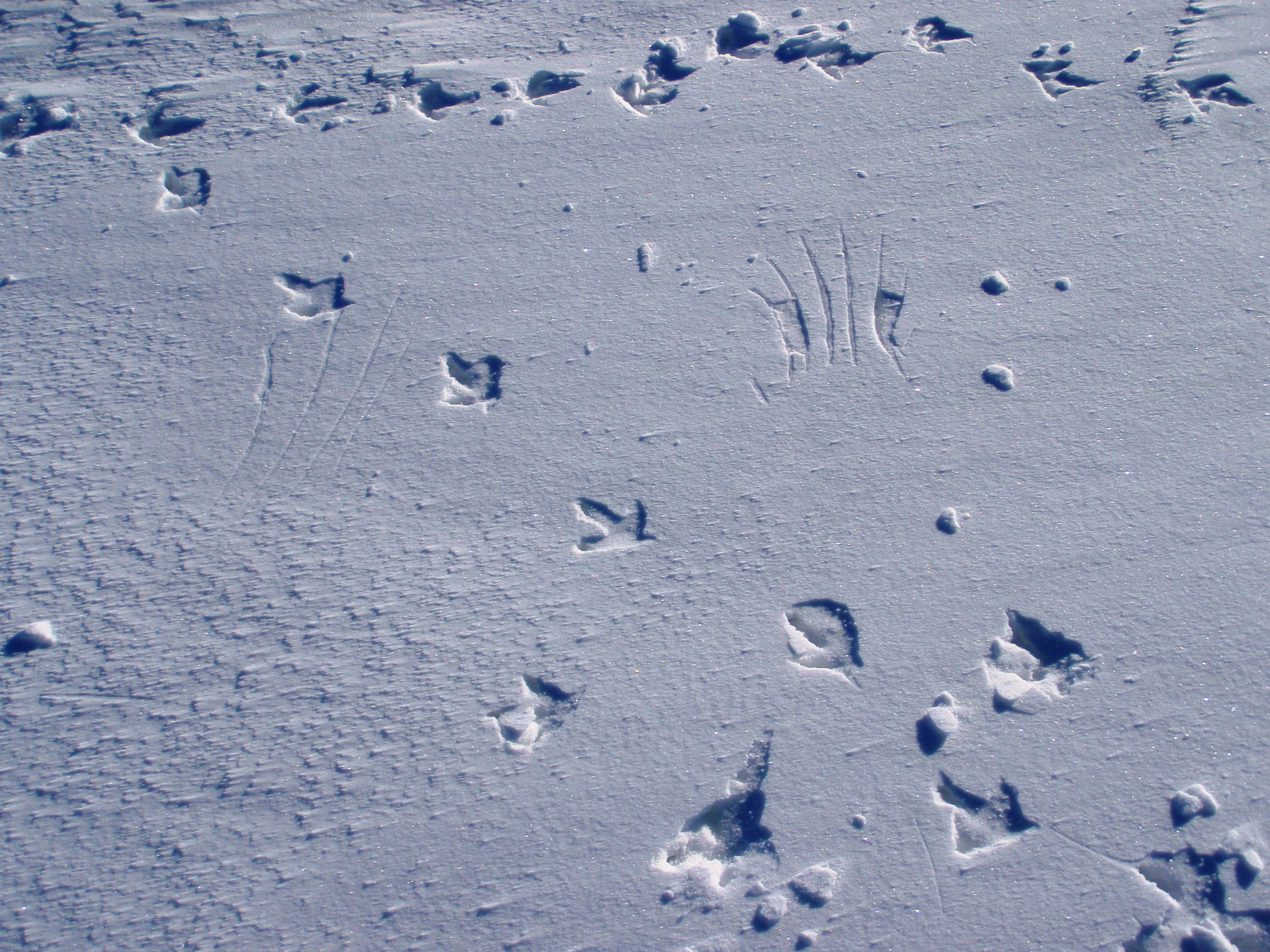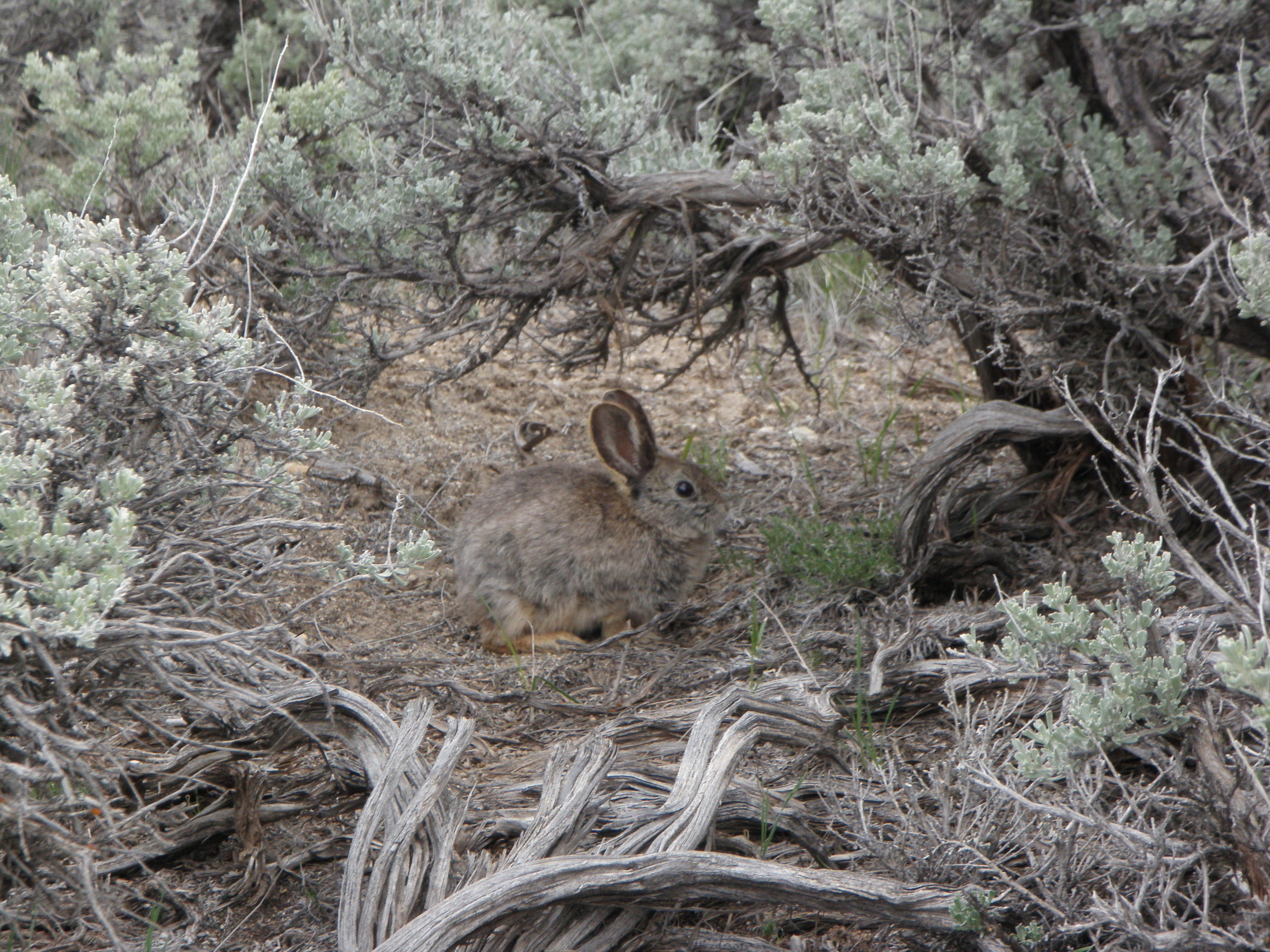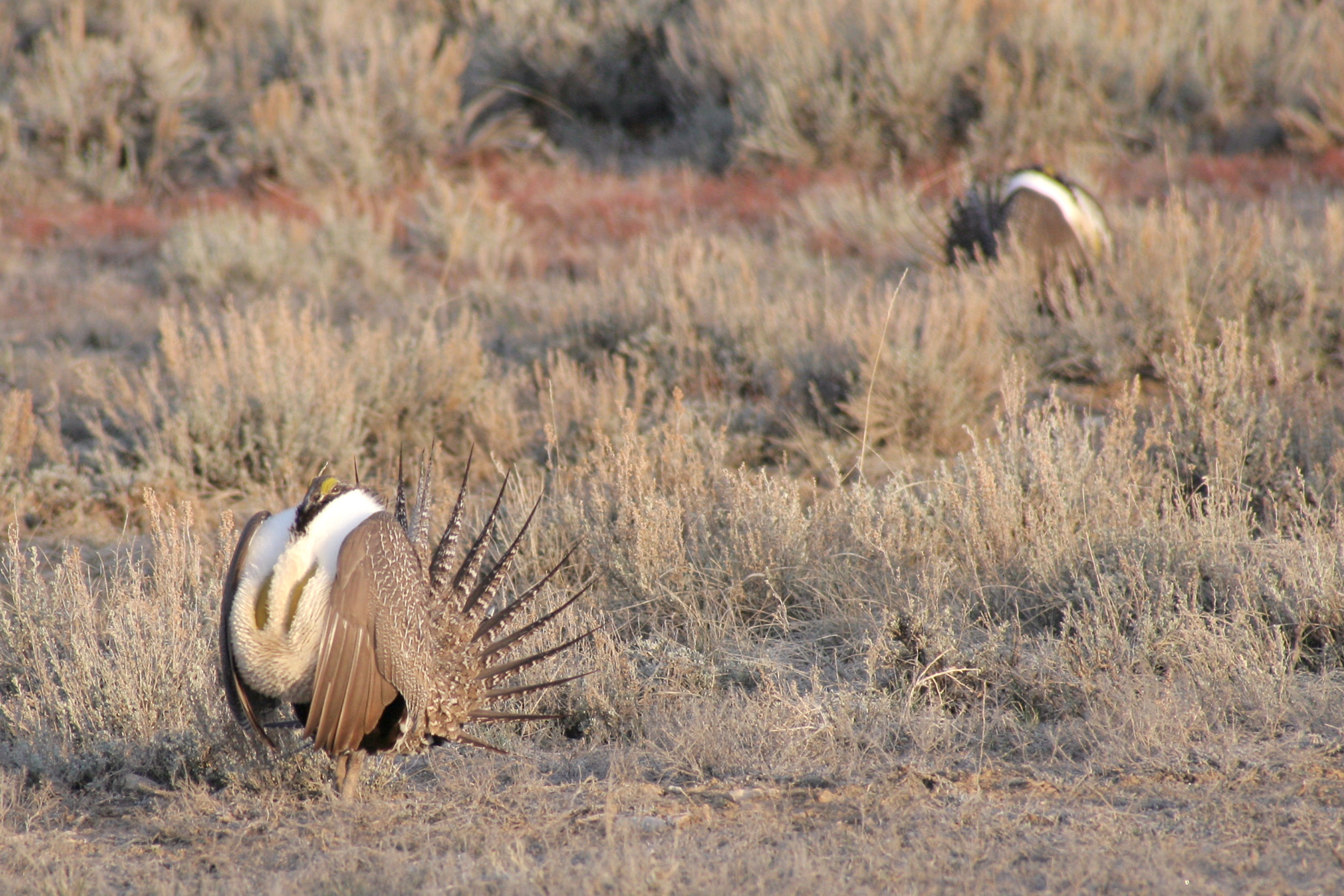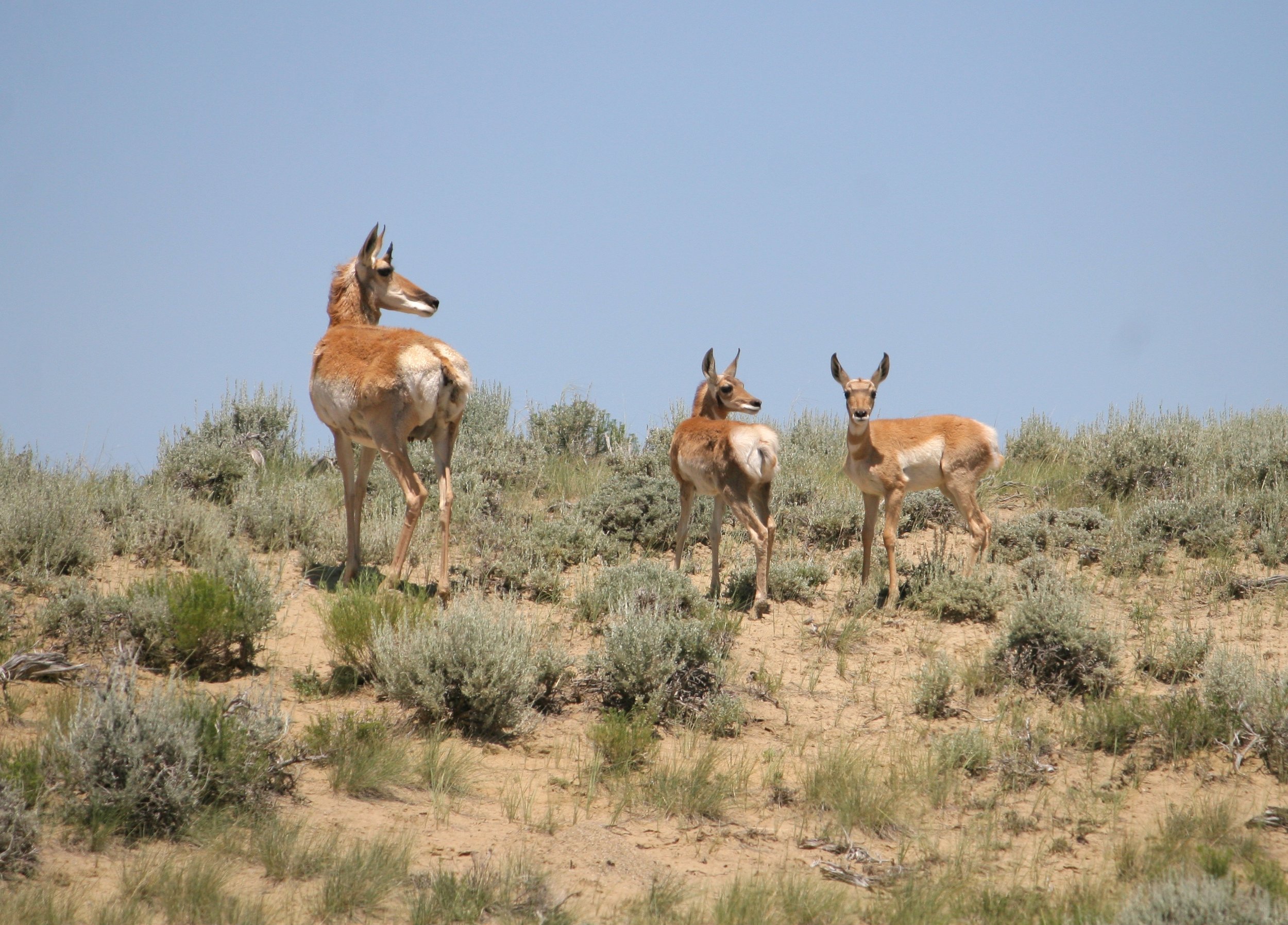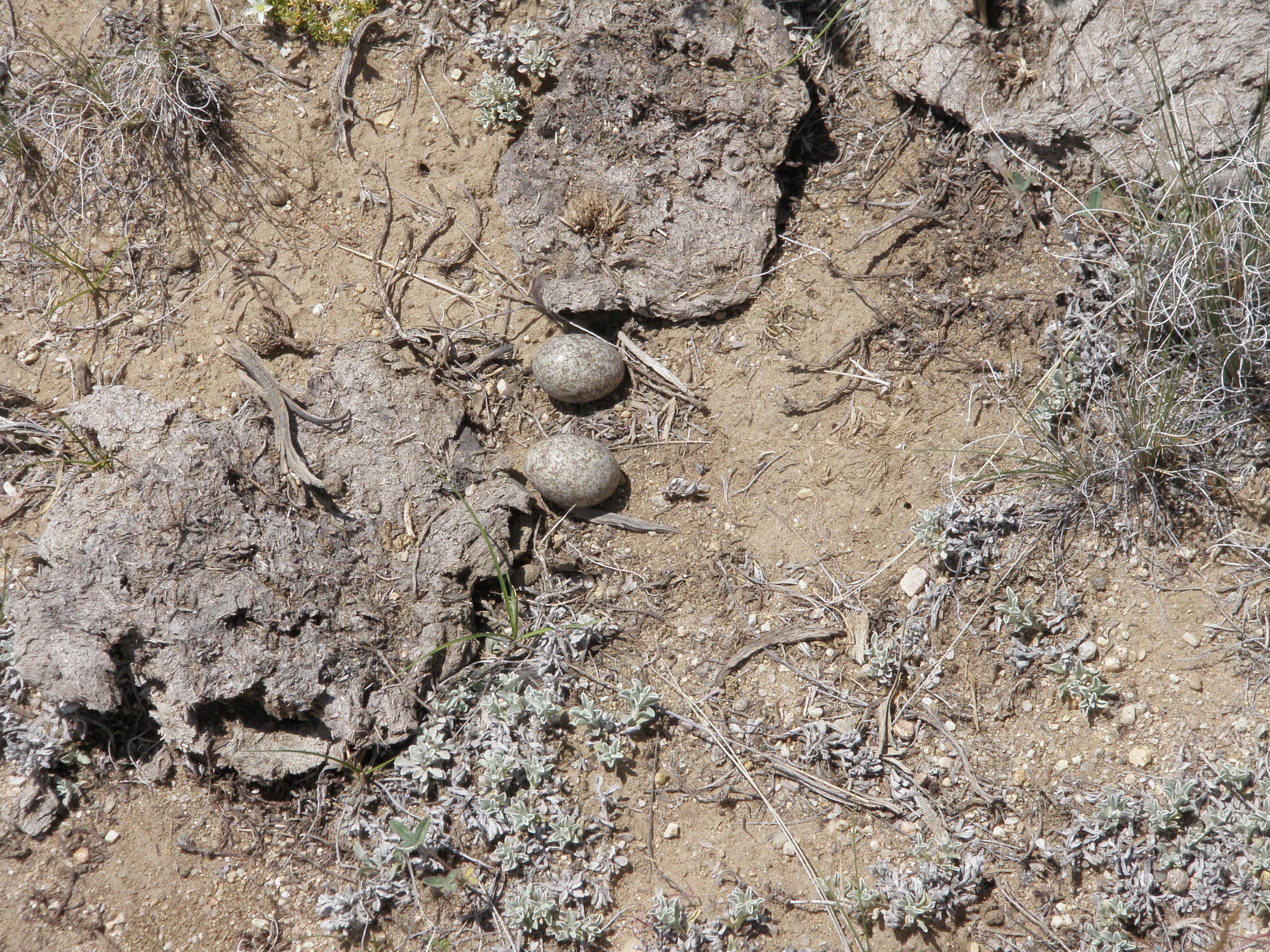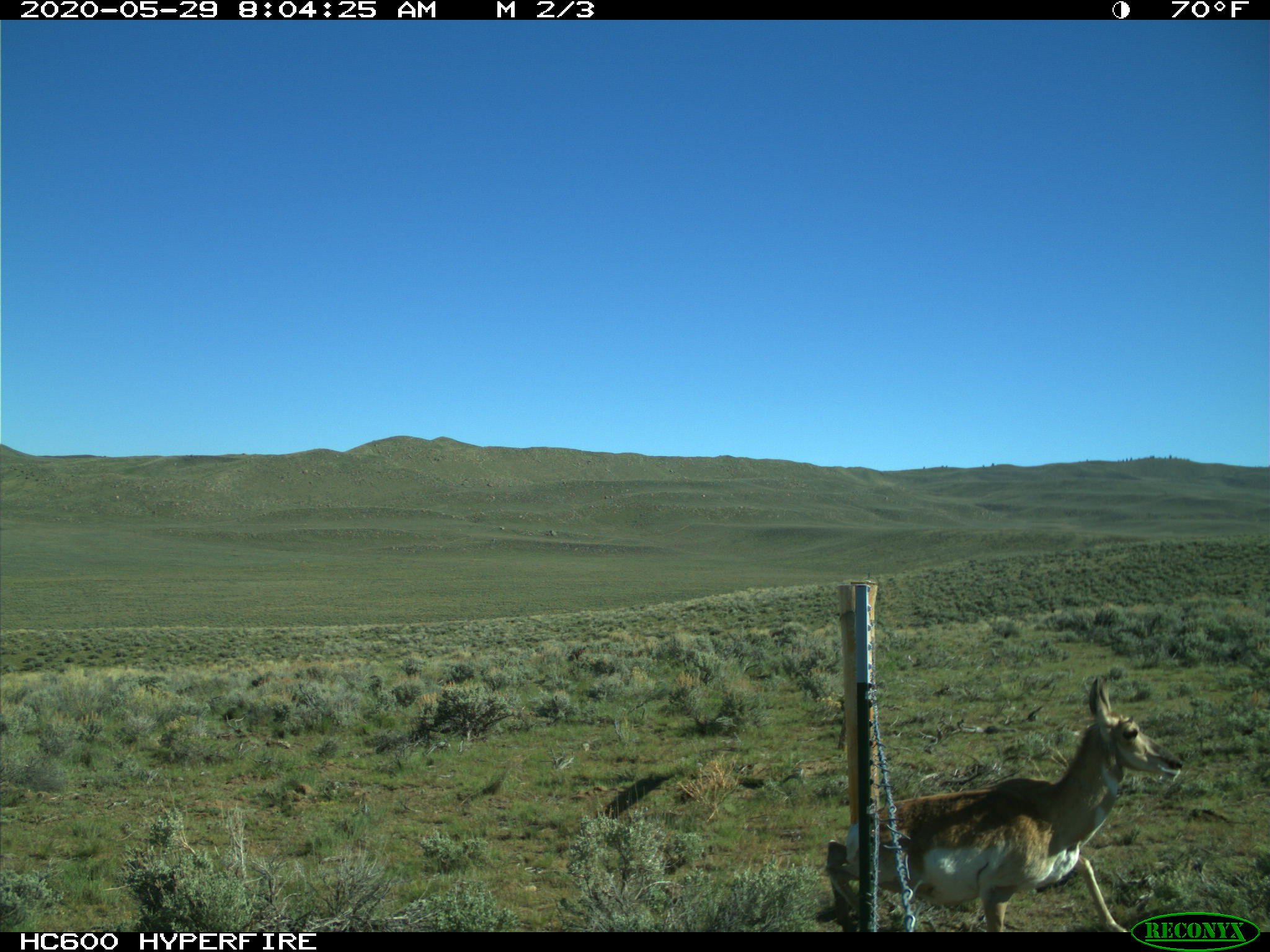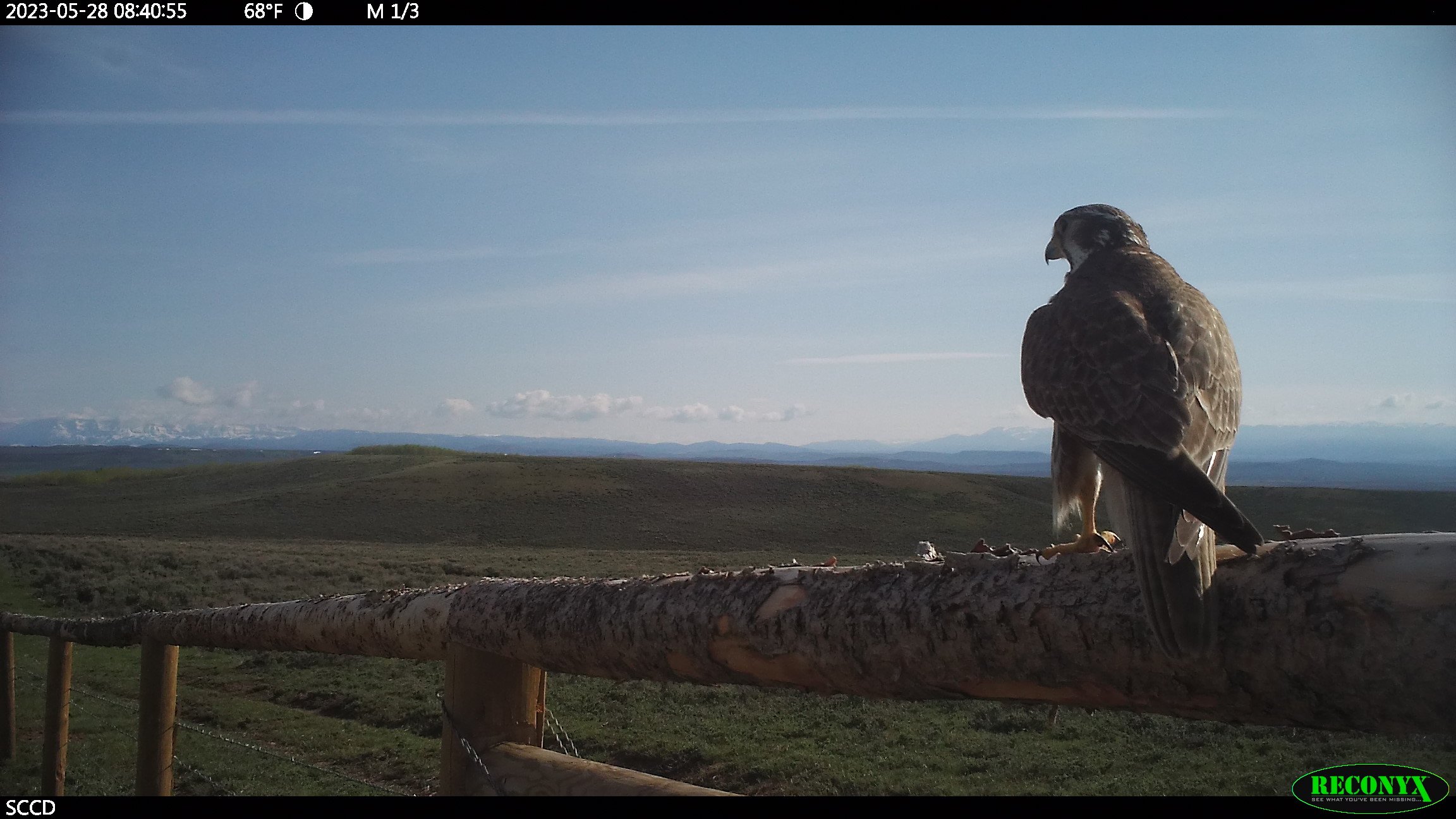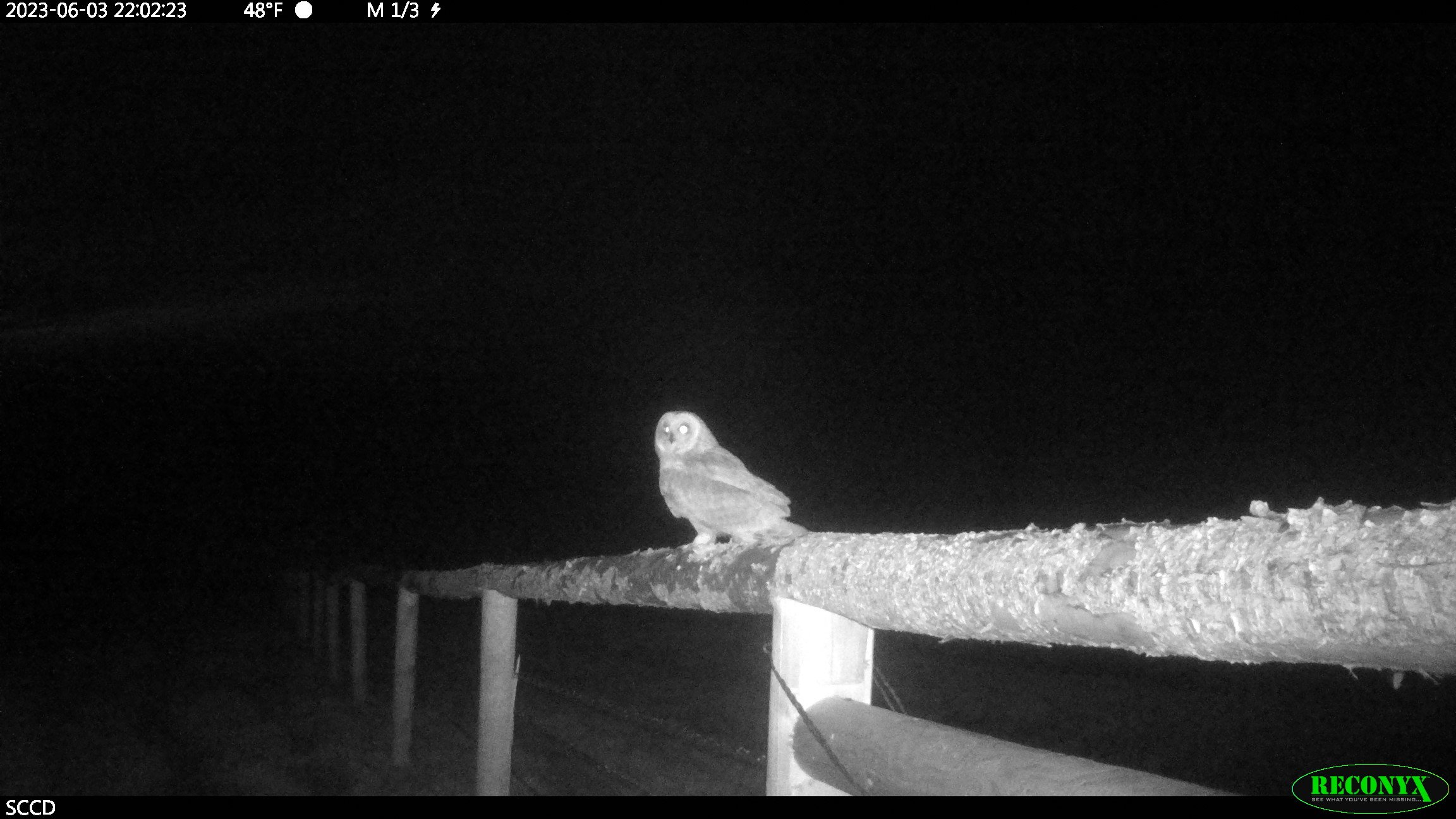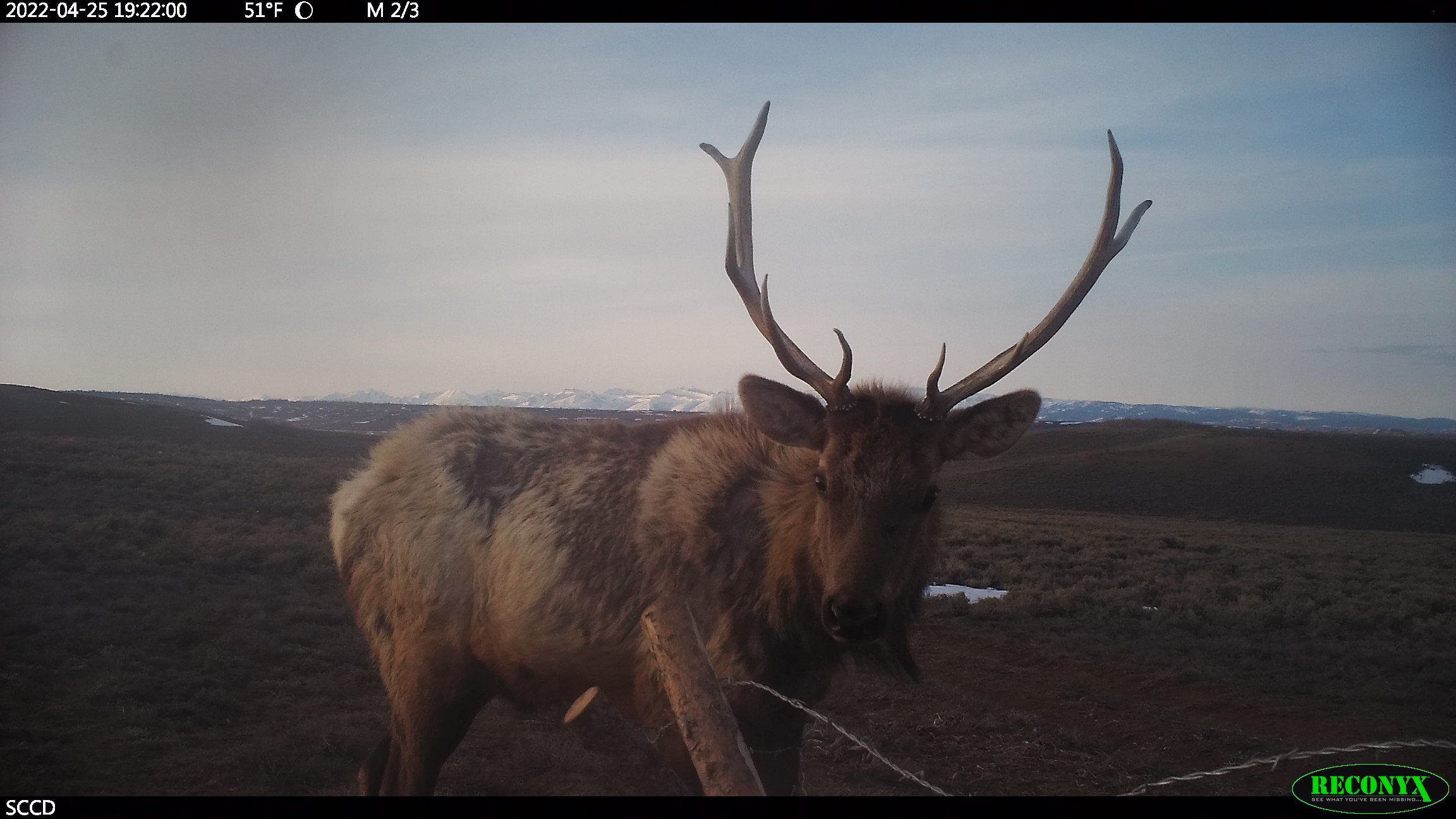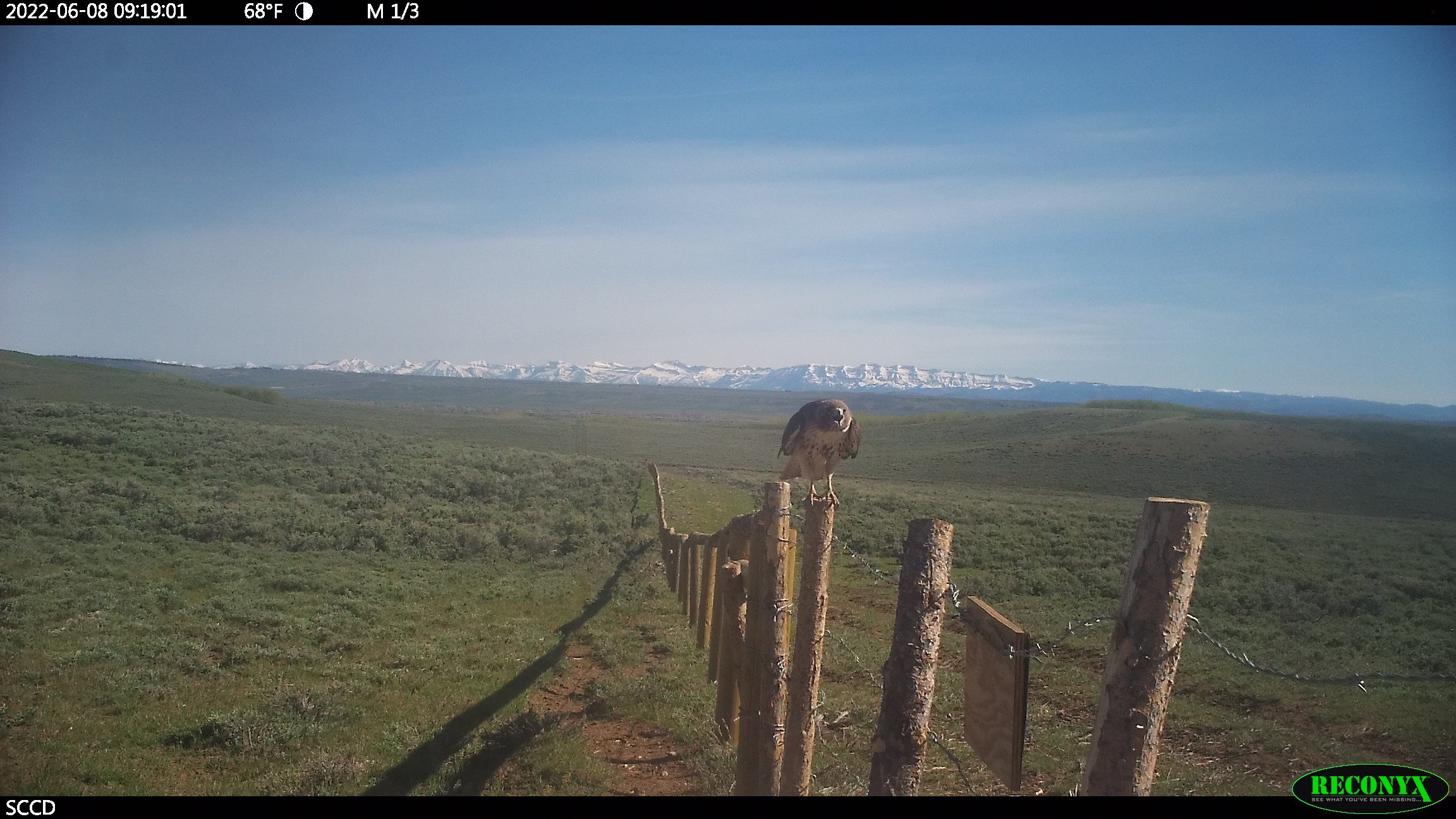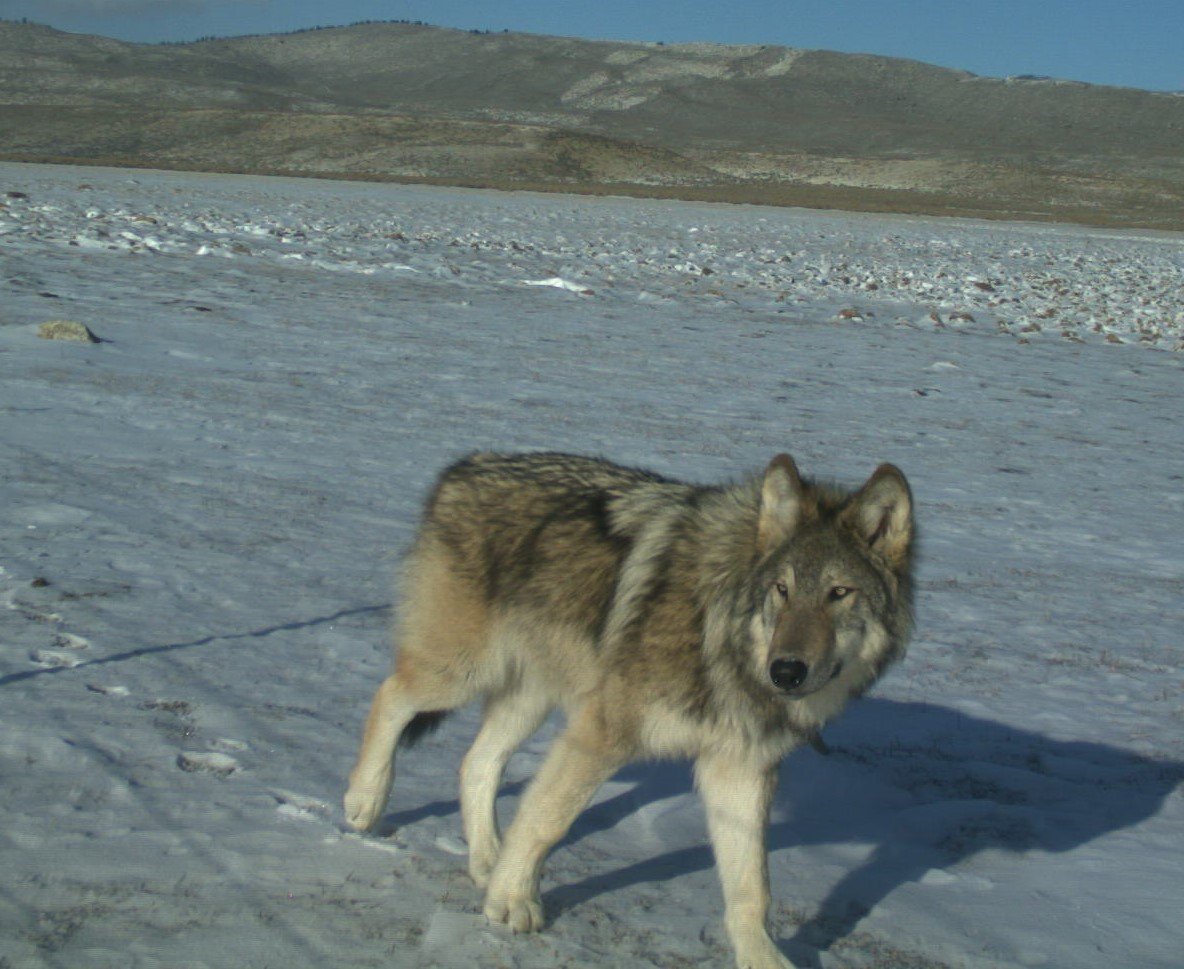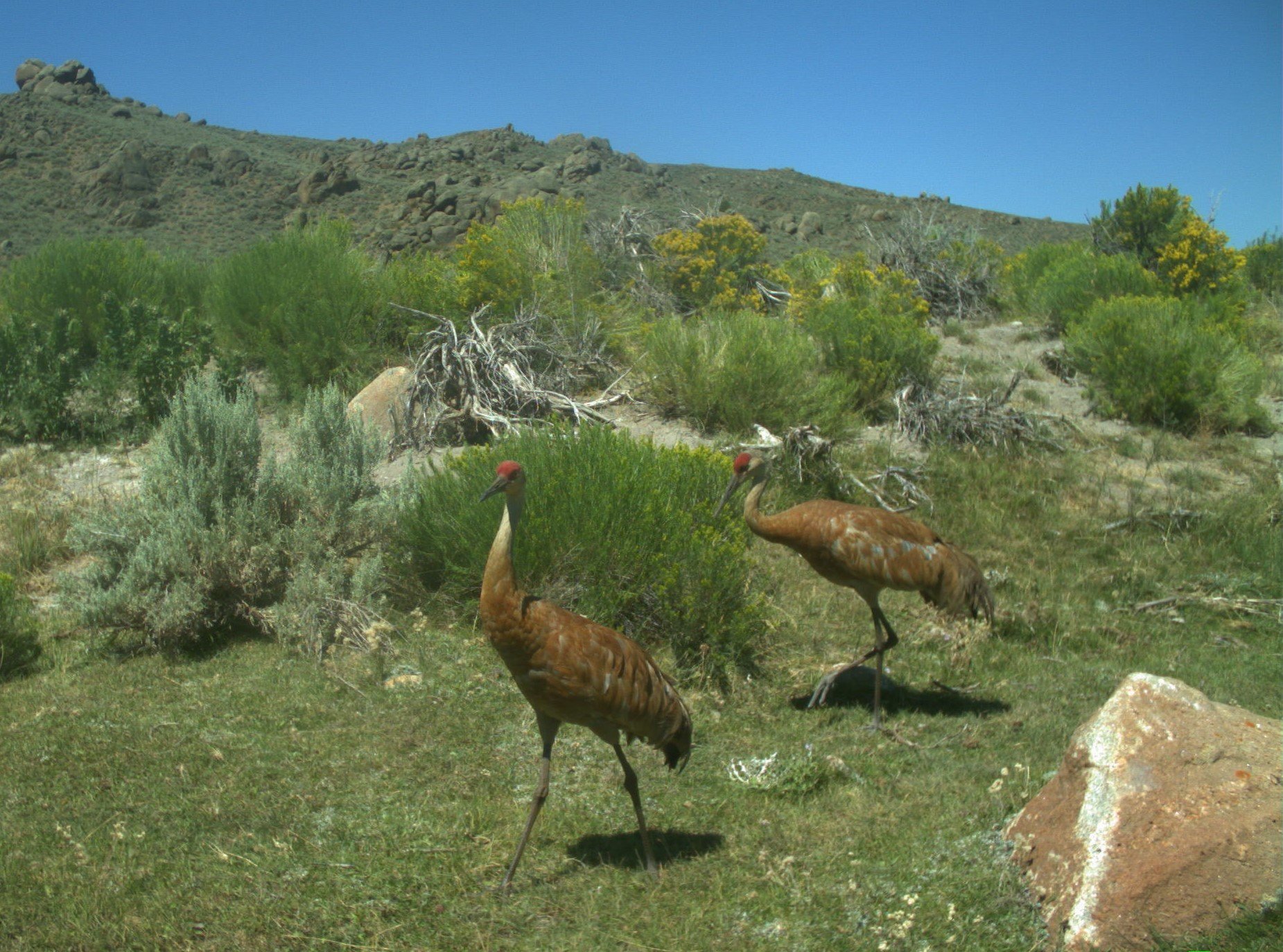Wildlife & Habitat Program
Sublette County is rich in resources including an abundance of wildlife. With some of the longest and well documented ungulate corridors in the lower 48 states and some of the most intact habitats, the District is home to elk, moose, pronghorn, mule deer, Greater sage-grouse, Sandhill cranes, pygmy rabbits, burrowing owls, Bald eagles, grizzly bears, wolves, western toads, short-horned lizard, cutthroat trout, Kendall Warm Springs dace… and the list goes on. Sitting at a headwaters of the Colorado River Basin, the County boasts a diversity of habitats from the peaks of mountains (13,400 ft in the Wind River Range) to the valley bottoms (6,280 ft), many streams and more than 1,300 lakes.
What Does the Wildlife & Habitat Program Do?
The Wildlife & Habitat Program staff stays informed on issues regarding Threatened and Endangered species, wildlife/livestock conflicts and other matters that could affect Sublette County landowners and helps to implement voluntary and landowner-led conservation. By working with landowners, agencies and other partners to implement projects and programs, we can all strive to be stewards of working lands.

